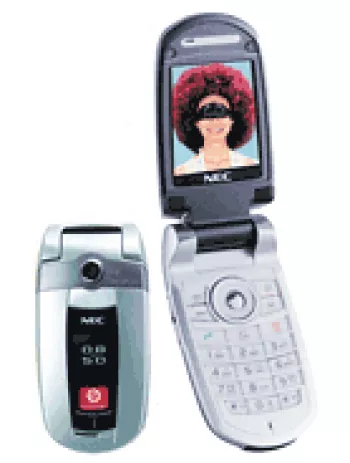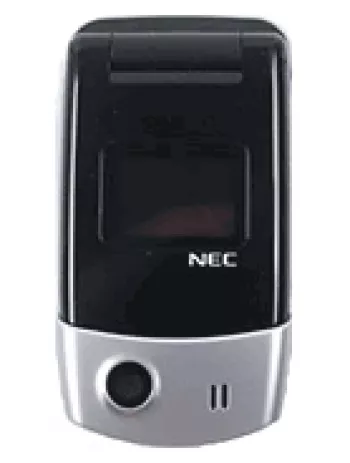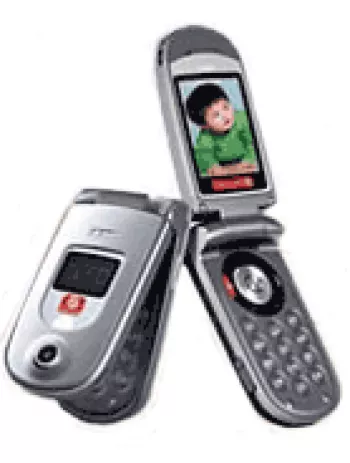
Introduction to the NEC N850
The NEC N850 was introduced in the first quarter of 2005, marking a period when feature phones dominated the mobile phone market. As a product of NEC, a well-established electronics company, the N850 featured a compact design and basic functionalities that suited the needs of many users at the time. Although the device is now discontinued, it remains a point of reference in discussions about early mobile phone technology.
Design and Build
The NEC N850 sported a sleek and compact form factor with dimensions of 93 x 46 x 24 mm and a weight of 95 grams. This made the phone easy to handle and carry in pockets or small bags. It supported a Mini-SIM card and was available in a classy silver color, which added to its appeal.
Display
The display of the NEC N850 featured a TFT screen that could display 65K colors, which was standard for devices of that era. The screen measured 1.9 inches with a resolution of 176 x 220 pixels, providing a pixel density of approximately 148 ppi. While it may not compare to modern displays, at the time, it offered decent clarity for viewing images and messages.
Camera Capabilities
A standout feature of the NEC N850 for its time was its 1.3 MP camera. This allowed users to capture basic photos and video recordings in QCIF format. Although it lacked advanced features like autofocus or flash, the camera met the basic needs of capturing spontaneous moments.
Performance and Storage
The device functioned as a feature phone, not relying on sophisticated operating systems like today’s smartphones. It came with 26MB of internal storage, a size that was adequate for storing contacts, messages, and a few photos. However, it did not support external storage via a card slot, which limited the capacity for storing media files.
Connectivity
The NEC N850 supported GSM technology, operating on 900/1800/1900 MHz bands. It featured GPRS Class 10 for mobile data, allowing basic internet browsing through the WAP 2.0/xHTML browser. Unfortunately, there was no EDGE support. For short-range communication, it included Bluetooth 1.2 and an infrared port, though it lacked WiFi and radio capabilities. The proprietary USB port facilitated data transfer and charging.
Sound and Entertainment
Sound options were typical of feature phones at the time, with support for vibration alerts, downloadable polyphonic, and MP3 ringtones. The device did not have a 3.5mm audio jack or a built-in loudspeaker, which limited audio output options to its earpiece. For entertainment, it supported Java MIDP 2.0, enabling users to download and play simple games.
Battery Life
Powered by a removable Li-Ion 830mAh battery, the NEC N850 delivered modest battery performance. It offered a standby time of up to 100 hours and a talk time of up to 2 hours and 30 minutes. Though battery life might not seem extensive by today’s standards, it was reasonably efficient for its time.
Messaging and Other Features
The NEC N850 provided a range of messaging options, including SMS, MMS, and Email, which were facilitated by its simplistic feature phone operating system. Notably, its phonebook supported photo calling and it could store call records of up to 20 dialed, received, and missed calls each. Additional functionalities included support for Java-based applications and basic games to cater to user entertainment.
Legacy and Conclusion
Though the NEC N850 has long been discontinued, it remains a classic example of early 2000s mobile technology. It exemplified the transitionary phase from traditional cell phones to more advanced smartphones, providing connectivity and basic multimedia functions in a compact package. Today, while smartphones dominate the market with their extensive capabilities, the NEC N850 serves as a nostalgic reminder of the early days of mobile communication.
Key Features of NEC N850
- Compact size for easy portability: 93 x 46 x 24 mm
- Lightweight design at 95 g
- 1.3 MP main camera for basic photography
- TFT display with 65K colors
- Bluetooth 1.2 for wireless connectivity
- Support for SMS, MMS, and Email messaging
- Java MIDP 2.0 support for app compatibility
- Removable Li-Ion battery with up to 100 hours of standby time
- Distinctive silver color
- Photo call feature in phonebook
Drawbacks of NEC N850
- Limited network technology, only supports GSM.
- Lacks EDGE support for faster data transfer.
- Discontinued status and dated release (announced in 2005).
- Small screen size with a low screen-to-body ratio.
- No expandable storage; limited internal memory of 26MB.
- Single 1.3 MP main camera with low video resolution (QCIF).
- No selfie camera available.
- Does not have a loudspeaker or a 3.5mm headphone jack.
- No WLAN or GPS positioning capabilities.
- Lacks FM radio support.
- Short battery life with standby up to 100 hours and talk time up to 2 hours 30 minutes.
View Also
More Phones
All Rights Reserved +14266 Phones © Mobilawy 2025
























